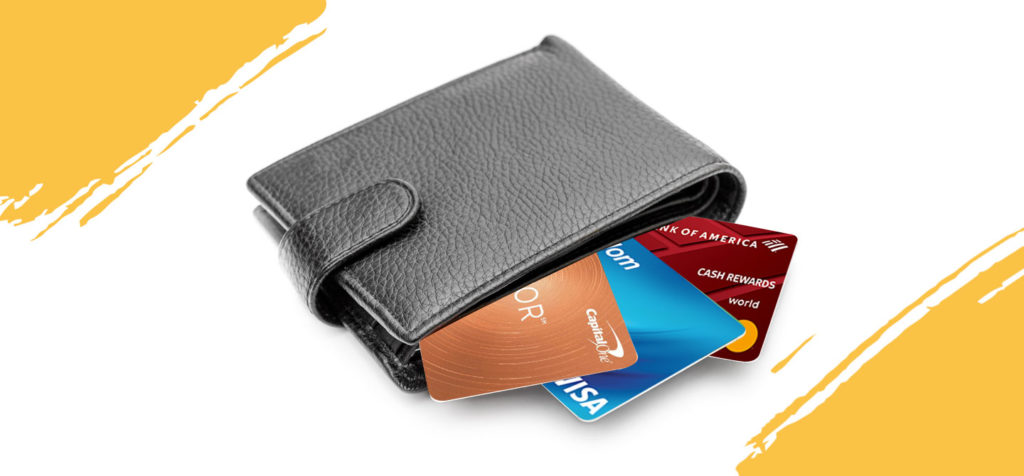
I wanted to like the Pier One credit card – if only because of fond memories shopping there when I was nearly married many years ago. Alas, unless you are devoted Pier One shopper, there’s not a lot to like about this store-only credit card.
Though the 5% reward seems generous, the limits you face make them less-valuable than they seem. You can find
Is Pier One credit card Good for Me?
From a loyalty perspective, the card is borderline OK for a consummate Pier One fan. But even then, the rewards are thin.
For everyone else, this card is a pass.
All You Need to Know About Pier One Credit Card: Benefits and Features
First, you can only use a Pier One credit card at Pier One stores or the retailer’s website. This is a store-only card, not a traditional credit card (Visa, Mastercard or American Express) that you can use all over the world.
As for the benefits, well they’re quite underwhelming.
Pier One operates a three-tier rewards program:
- Pearl
- Cobalt
- Platinum.
If you have a pulse and a name, you can join the Pearl program. Signing up for a Pier One credit card gives you access to Cobalt and Platinum, so I’ll focus on those benefits.
With Pier One Cobalt reward program, you receive:
- 20% off coupon when your new card arrives in the mail.
- 1 point for every $1 spent, and a $10 Rewards Certificate for every $200 you spend – effectively a 5% reward, though we’ll get back to that in a moment.
- Some sort of undefined, “very special gift” from Pier One in your birthday month
If you spend $1,000 a year on a Pier One credit card, you’re upgraded to Platinum.
With Pier One Platinum reward program, you receive:
- All the same benefits as Cobalt.
- A 10% discount on whatever you buy on Platinum Tuesdays.
Like I said, these benefits are not compelling.
What You Need to Know Before You Apply for a Pier One credit card
Let’s return to the $10 Reward Certificates…
While that’s an effective 5% cash back rate, there are stipulations you need to understand and which sap some of the true value.
The rewards certificates are only useful at Pier One, so you’re locking yourself into a single financial ecosphere. And that means you must return to Pier One to spend more money if you want to use your certificate.
If you regularly shop there, that might not seem so terrible. But if you’re only an occasional Pier One shopper, you have to ask yourself: Do I want a reward certificate I might never use?
Also, the points you accumulate expire 12 months after showing up on your account statement. So, if you’re only part way to the necessary $200 in spending when the year ends, all your spending is negated. Better credit cards don’t pull this shady trick.
The reward certificate you receive might have an expiration date, or maybe not – Pier One’s credit-card provider, Comenity Bank, doesn’t make that clear in the fine print. If there is an expiration date, then you risk your reward vanishing if you don’t regularly return to Pier One for more spending.
Finally, you cannot use these certificates like cash, meaning you cannot deposit them into your bank account, nor can you use them to pay down your credit card balance. Their only use is getting you to buy more stuff at Pier One.
What Credit Score You Need to be Considered

As with just about all single-store credit cards not tied to a major credit card company such as Mastercard or Visa, the Pier One credit card is easily obtained. You’ll need a credit score somewhere in the 650 range, which is fair credit. Even a bit below that you’re likely to get the card, so long as you don’t have delinquencies or other such knocks on your credit.
Pier One credit card Alternatives for Poor or No Credit
Even if you do have poor credit or no credit history, I would not advise that anyone apply for a Pier One credit card just because it’s easy to get. What you need is a credit card that will explicitly build or repair your credit.
And for that, you should apply for a Capital One Platinum credit card. It charges no annual fee and offers an automatic credit-limit increase after five consecutive on-time payments. Those two benefits will work together to bump up your credit score quickly because of the way scores are calculated.
You won’t earn miles, cash-back, rewards points or a signup bonus with Capital One Platinum, but when you have no credit or bad credit, perks are not what you need.
Which Credit Cards Do A Better Job Than the Pier One Credit Card?
If you have decent credit, then you can choose from a broad selection of credit cards that offer superior financial benefits.
I typically try to point you to a card that allows you to collect equal or better rewards in the spending category most applicable to the card I am reviewing. But in this case, I’m not doing that, because the fact is that you’re not likely spending a substantial sum of money every year buying couches and tables and decorative accessories for your home.
You’re spending your money on groceries, restaurant meals, entertainment and gas/commuting expenses. So, it behooves you to seek a credit card that rewards you for those purchases, since you will collect much more cash back.

Chase Freedom® Credit Card
Let’s start with the Chase Freedom credit card. The everyday, 1% cash back on all purchases isn’t awe-inspiring, but what makes this card so useful for consumers is that every quarter there’s a rotating list of categories in which you will earn 5% cash back, and those categories are where most consumers spend their money.
For instance, over the previous four quarters the Chase Freedom credit card categories have included department stores, wholesale clubs, gasoline, highway tolls, grocery stores, drugstores, home-improvement stores and streaming entertainment services. That pretty much defines everyday spending for just about every consumer.
Chase Freedom will also give you $200 in bonus cash back after you spend just $500 in the first three months – a whopping 40% cash back rate. There’s no annual fee, your rewards never expire, and this is real cash – money you can direct into your bank account to save or pay for whatever you want, or which you can use to pay down your Chase Freedom credit card balance.
Bank of America® Cash Rewards Credit Card
I also like the Bank of America Cash Rewards credit card, which, I think, is a go-to credit card these days for consumers who want cash-back options instead of travel rewards.
It gives you:
- 3% cash back in the category of your choice
- 2% at grocery stores and wholesale clubs
- 1% on everything else.
Though 3% is obviously less than 5%, I actually prefer this option because you, the consumer, are in control. You can choose to change your category every month if your spending needs change, or you can leave your category as is, forever.
With rotating categories, you face two challenges:
1. You’re rotated into a category that’s meaningless for you. For instance, I live in a city where I can walk everywhere or rely on extensive mass-transit options, so I have no reason to own a car. Thus, I get zero benefit from 5% cash back on gasoline or highway tolls.
2. A category that benefits your spending profile is only temporary and your 5% cash back reverts to 1% after three months.
The Bank of America Cash Rewards categories you can choose from include: gasoline, online shopping, dining, travel, drugstore and home-improvement/furnishings. You will earn 3% on the first $2,500 in spending you do in that category each quarter; beyond that it reverts to 1% cash back. (That same rule applies to 2% cash back at grocery stores and wholesale clubs.)
Bank of America Cash Rewards card will give you a $200 signup bonus after spending $1,000 in the first three months – a respectable 20% cash back rate. And there’s no annual fee.
Capital One Savor Credit Card
Finally, consider Capital One Savor, which is a top-notch card if you’re big into eating out and entertainment.
The Capital One Savor credit card will give you:
- An unlimited 4% cash back on dining and entertainment.
- An unlimited 2% at grocery stores.
- And an unlimited 1% on everything else.
Capital One will give you a $300 signup bonus after you spend $3000 in the first three months – a 10% cash back rate – and there’s no annual fee.
Bottom Line: Should you Get the Pier One Credit Card?
I see no strong reason you should.
Frankly, you could get a Bank of America Cash Rewards card and earn 3% buying whatever you like at Pier One online. It’s not the same as 5%, sure, but you don’t risk your rewards expiring and you can use your cash back to repay part of your original Pier One purchase, rather than having to return to Pier One to do more buying.





